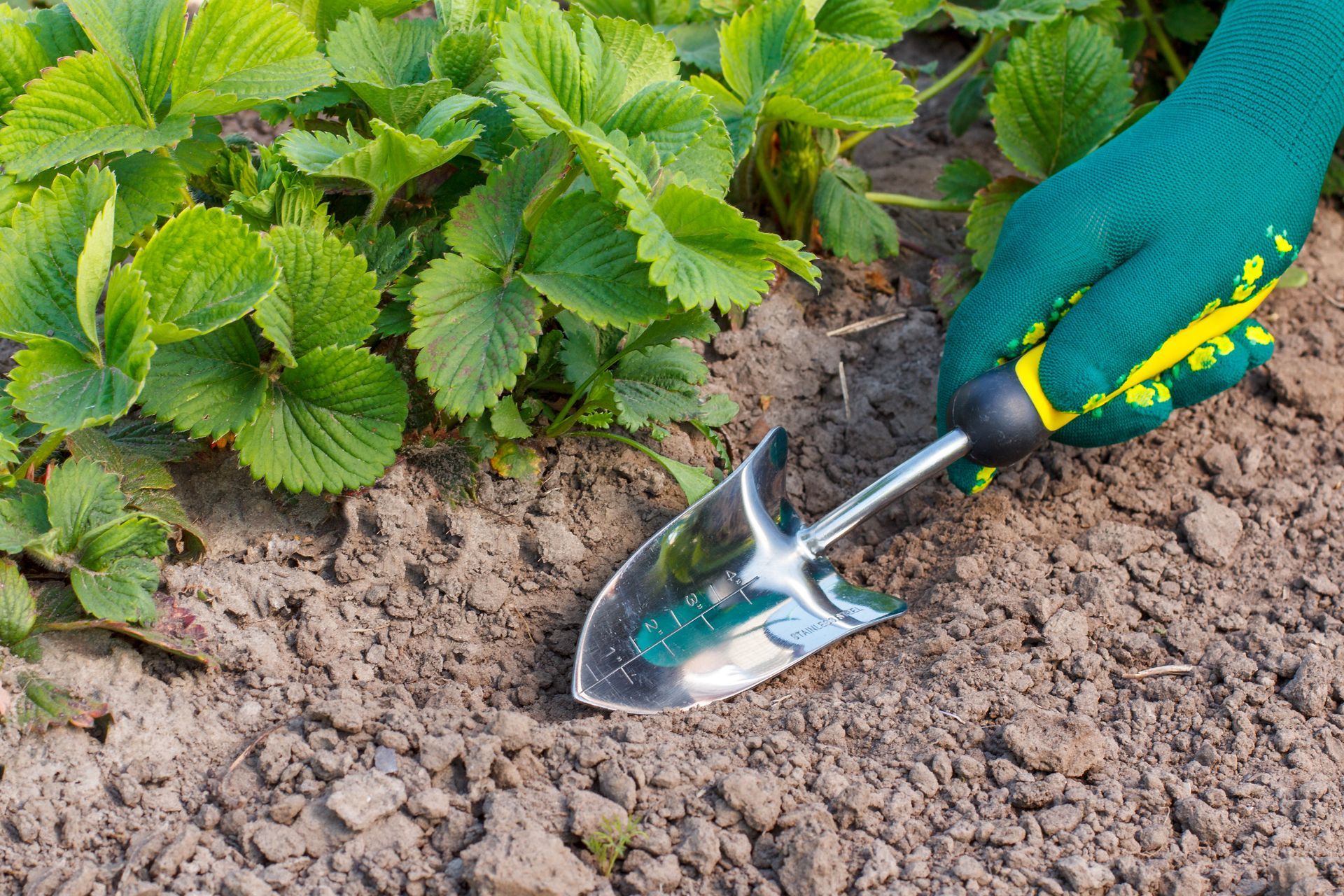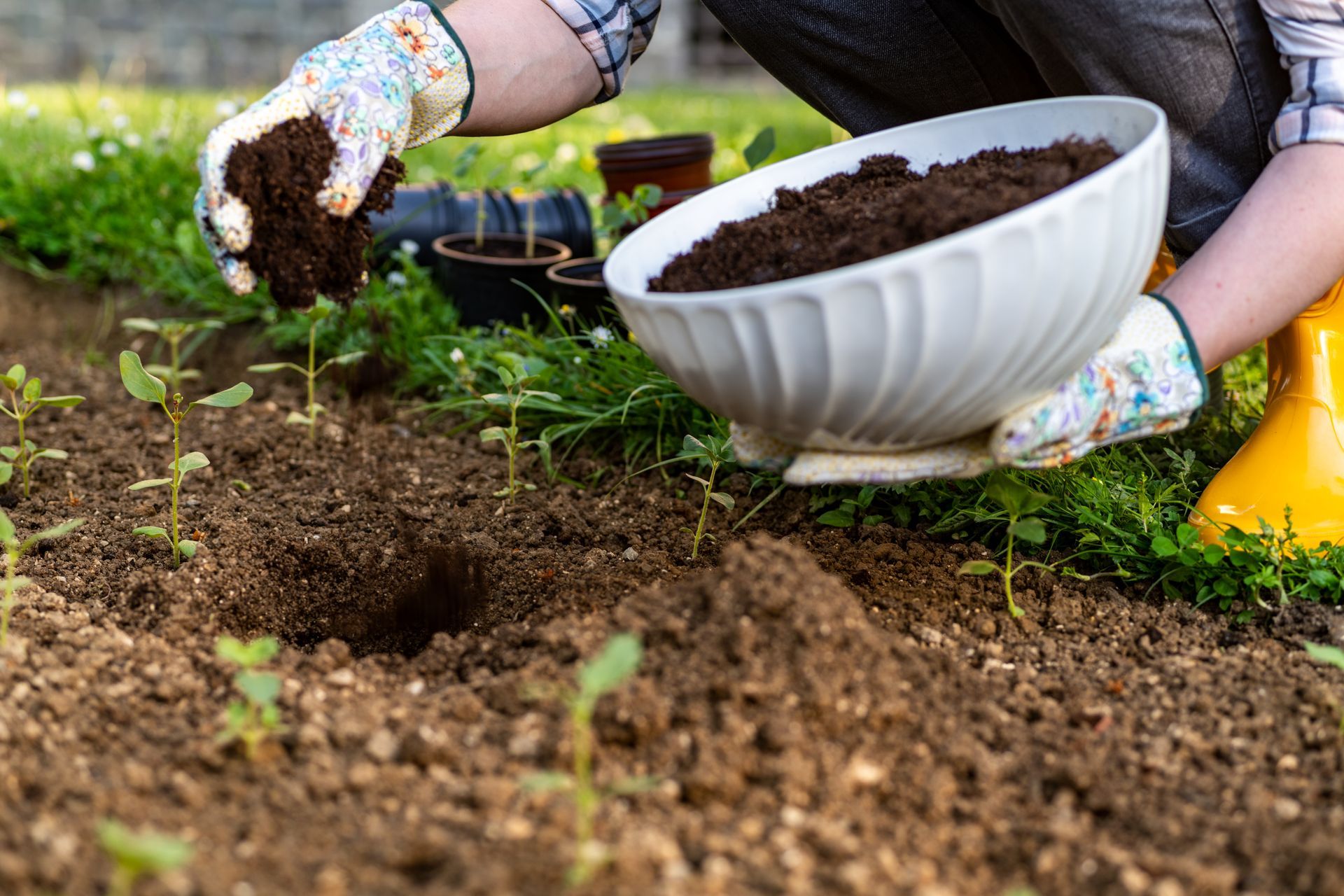Soil Testing, Analysis, and Preparation
Analyzing Your Soil
Performing a soil analysis before embarking on a landscaping project is highly recommended. The soil test will provide valuable information about the soil's pH level, nutrient content, and texture, among other factors. Knowing these aspects can guide your decisions on plant selection, fertilization, and even drainage solutions, allowing us to tailor our landscaping strategies to the specific conditions of your property.
For example, certain plants thrive in acidic soils while others prefer alkaline conditions. A soil test can prevent the mistake of planting species that are incompatible with your soil's pH, saving you time and resources in the long run. Additionally, a nutrient analysis can help you understand what fertilizers or soil amendments are necessary for optimal plant growth, reducing guesswork and the potential for over- or under-fertilizing.
In commercial landscaping, a soil test is often a critical first step to ensure that we provide the best possible service to our clients. It allows us to approach each project with a data-driven plan and increase the likelihood of long-term success and satisfaction. So, while you may proceed without a soil test, doing so leaves you without crucial information that can significantly impact the quality and sustainability of your landscaping work.
For more guidance on which plants may be a good fit for your soil check out the list of low-maintenance plants in South Florida.
Get a quote
Complete Soil Redesign for Customized Landscape
Now that we have sent off our soil sample, we should look at the condition of the land and what adjustments should be made to it to create the property of our dreams. Some of the corrections that may need to be done involve the addition of soil amendments, and tilling and grading.
Correcting Soil Compaction
A likely condition you may run into in South Florida is soil compaction. This is most common in residential areas where there is high vehicle traffic due to construction. The soil becomes tight and the pore space reduces in size. This causes the soil to carry insufficient amounts of water and does not allow it to travel through the soil. This will limit the size and health of the root system and can cause future problems for your landscape. While grading the soil, one can test for this by driving a large screw driver or metal rod into the soil. The rod should reach at least 6 inches deep. If you have a hard time getting through the soil then so will the root system of the plants and you likely have compaction. This can be corrected by rototilling to loosen up the soil up to 6 to 8 inches. This should also be done if there is an organic soil amendment added.
Mechanical Loosening
For moderate compaction:
- Core Aeration: This involves removing small plugs of soil to allow water, air, and nutrients to penetrate the soil. It's best performed during the growing season.
- Rototilling: For severe cases or before landscaping, rototilling can break up compacted layers. Be cautious as excessive tilling can worsen soil structure over time.
All this work will give you an attractive property that is easy to mow and maintain.


Soil Amendments
In Florida, it is very likely that the soil is more sand-based. This can be troublesome because there is likely little water and nutrient-holding capabilities and low organic matter. To get around this, it may be necessary for a soil amendment. Both organic and inorganic soil amendments can be added to improve the quality of soil for your landscape. Organic amendments can improve all properties while inorganic will have minimum improvements to nutrient-holding capabilities. Generally, 3-6 cubic yards of organic material for every 1000 square feet of soil should be applied while inorganic material is mixed in at 4.5 – 6.5 cubic yards for every 1000 feet. Ensure that all organic soil amendments have been fully composted or sterilized to prevent weed seed from entering your soil. Also, it is important to note that any organic material with a C:N ratio > 30 should be used as a top layer to soil and not mixed in with the soil. Any material with a C:N ratio > 30 may cause the nitrogen to be unavailable to your lawn.
A soil test is invaluable before applying any amendments to understand your soil's pH, nutrient levels, and other characteristics. This ensures that you're applying the correct type and amount of amendment for your specific needs, maximizing your landscape's potential for healthy plant growth and sustainability. Amendments work gradually over time; they're not quick fixes but long-term solutions. As a business owner who handles entire landscaping projects from start to finish, incorporating the appropriate soil amendments based on scientific tests.
Understand Your Soil
A soil analysis serves as the foundational blueprint for any successful landscaping project. It provides critical data on soil pH, nutrient levels, and texture, allowing for tailored solutions that optimize plant health and landscape aesthetics. Skipping this step is akin to building a house without a proper foundation; you risk poor plant growth, wasted resources, and unsatisfactory results. The insights gained from a soil test empower you to make informed decisions, from choosing the right plants and soil amendments to developing effective maintenance regimens.

